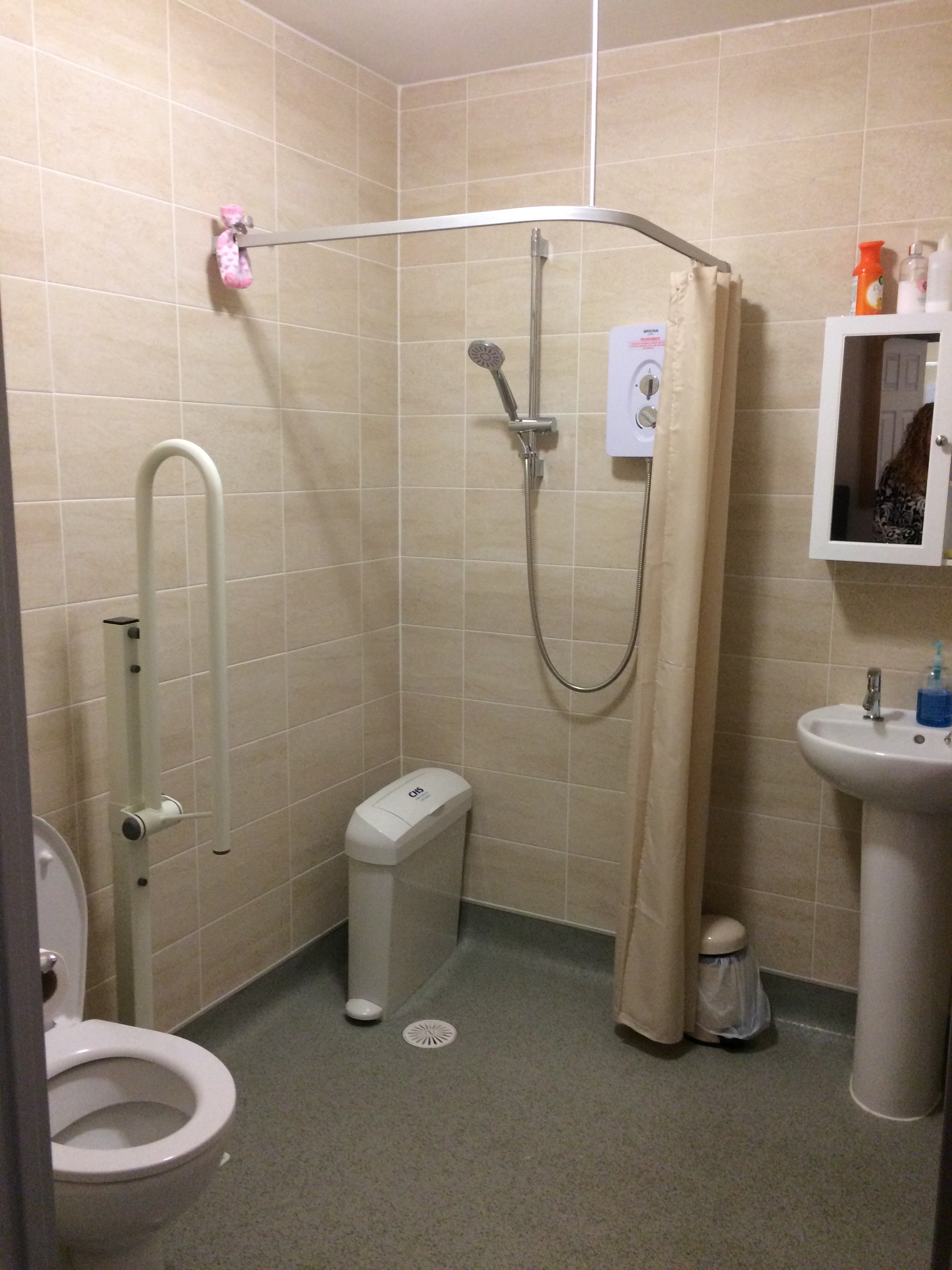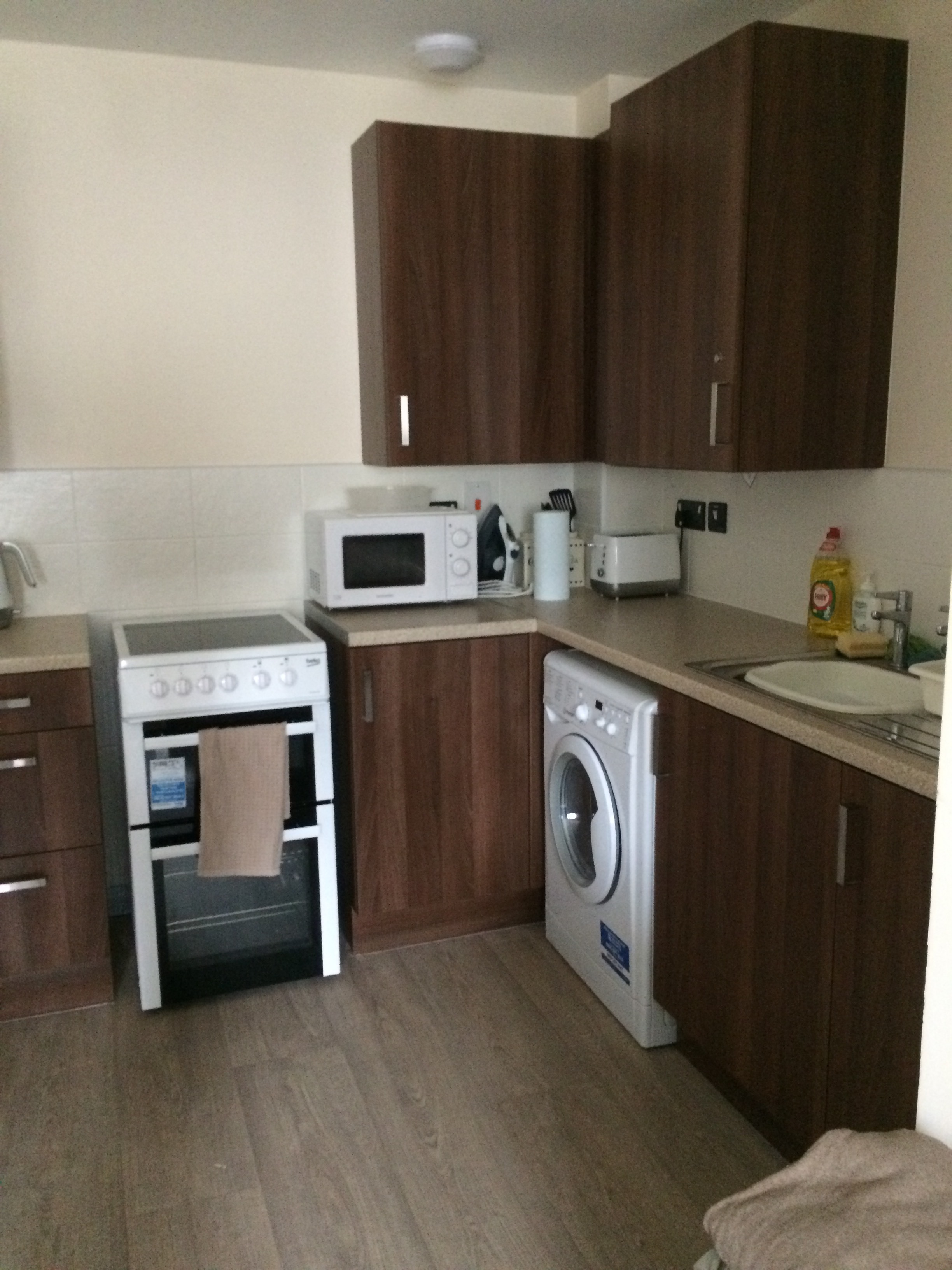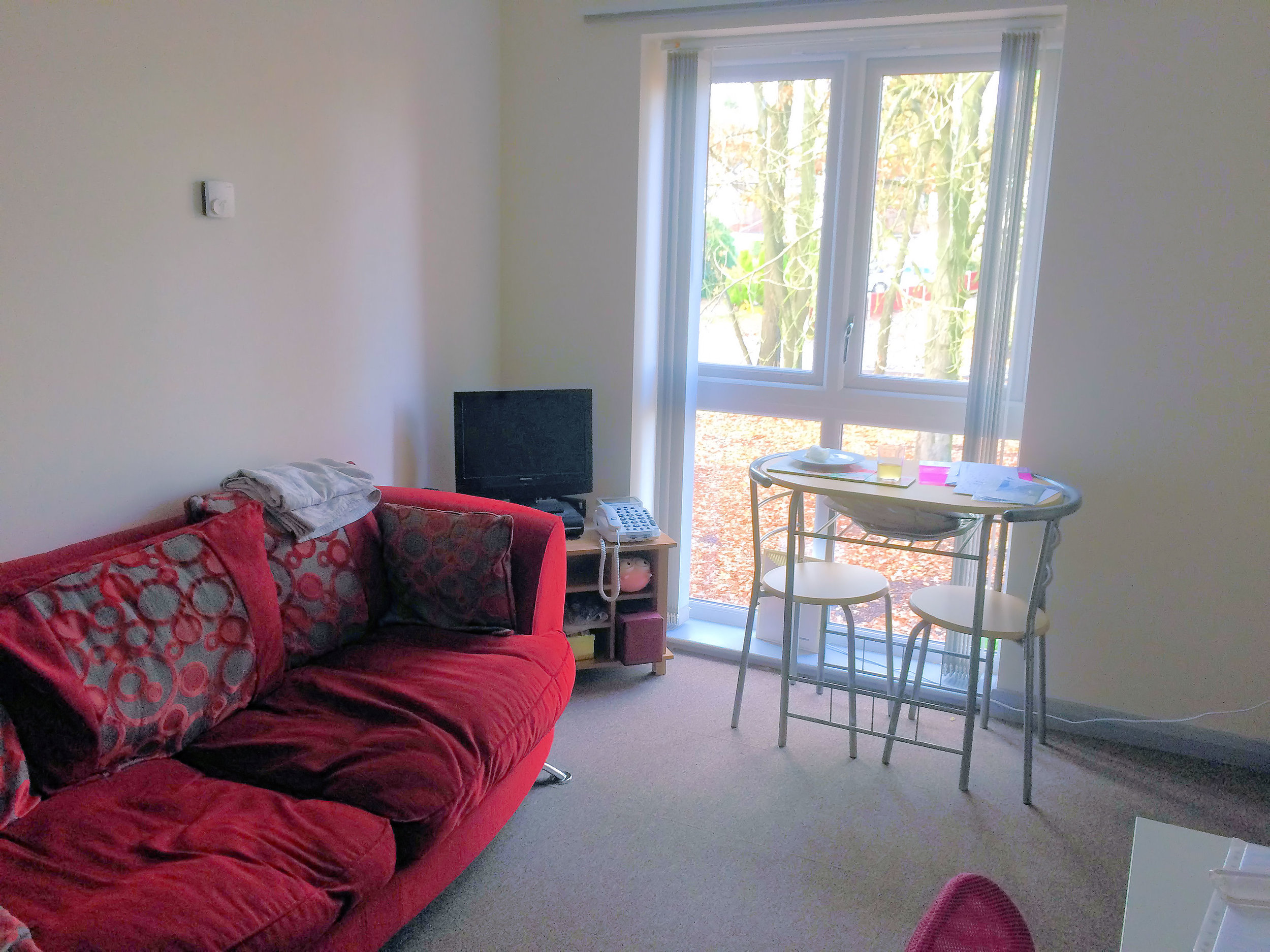Yesterday Amy and I had the pleasure of visiting Millward Place in Birmingham - supported accommodation for the visually impaired.
The scheme is Bromford's first 'MyPlace' scheme, comprising of 12 self contained one bed flats, some communal space, gardens and 18 hours of on-site support. It is, by all accounts a triumph, but regardless the focus of our BCU collaboration for reducing build costs by 50%.
New, efficient construction methods will hopefully take a chunk out of the build costs without compromising quality - something which residing customers were quick to praise. But adaptability, that's a different matter entirely.
Build for Adaptability - We'll aim for products that are flexible throughout their life-cycle and capable of meeting differing lifestyles and income levels.
Adaptability is one of eight design principles that Bromford will follow in any upcoming build programmes, however it might be most pertinent to supported schemes such as MyPlace. We are in uncertain times - many financing streams for support are simply drying up. Unless we can cross-subsidize or work with partners (i.e. Focus Birmingham at Millward Place), some supported markets might simply become unviable with our current product.
This is clearly a threat to both the business and it's more vulnerable customers. We cant simply strive for 'Market Penetration' as the market might not even be there - so the next iteration must be designed to be resilient to these factors. But How?
Adaptability doesn't just mean we can move the kitchen from the right to the left of the apartment. It doesn't just mean that we can pull a bedroom from one apartment and bolt it to another, flexing the rent levels accordingly. These are both examples of 'Product Development' and, similar to our project with BCU, seek to make the model more fit for purpose or/and more affordable. If constant and iterative, product development is affordable, but major spec. changes can require boats of upfront capital (architects, civil engineers, designers etc.) and uncertain rewards.
'Market Development' is another angle; selling the existing product to new markets. This was, in part, why I was at the scheme in Birmingham. Could the build type appeal/apply to our non-supported customers? In my eyes, yes - but not without a few changes. Having been designed for independence, the focus was on being self-contained and accessible, but I'm not certain these criteria top out the list of 'nice to haves' for all of our other customer groups. A more adaptable building could almost certainly make this transition simpler.
'Diversification'. New products for new markets carries the biggest risk and rewards. We could enter a new housing market i.e. super affordable starter homes or shared accommodation, but we'd need to design a new product to do it. If, through this process, we can eliminate many of the R&D overheads associated with traditional builds, or budget for a shorter expected life-cycle, then why wouldn't we just revisit the MyPlace drawing board? If we're building for only 20 years or so, surely buildings don't actually have to be Swiss-army-knife adaptable? There's just not that much time for the market to collapse.
Millward Place is so well loved by it's customers is because it's designed from the ground up for customers who need support. These decisions alter the fabric of the building in a way that could miss the aspirations of another customer group.
The challenge is, whether for a new market or not, a product designed for flexibility or adaptability of tenure or use could end up appealing to fewer customers, not more, if done incorrectly.
Will the next MyPlace be 1.2 or 2.0?
Thanks to Nikki Harrington and team for showing us around Millward Place (and for suggesting a great place for a bacon sandwich!)



